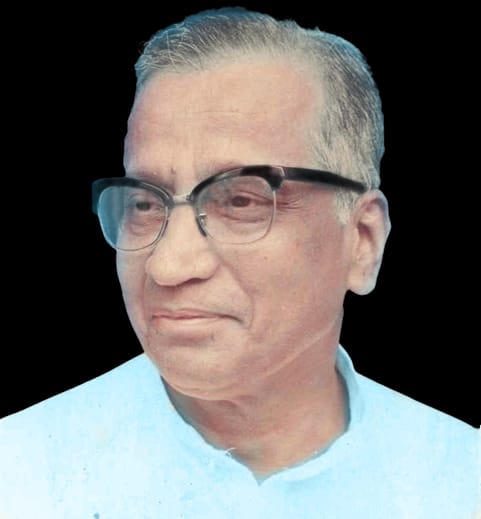Abstract
The paper, by drawing from an ethnographic study conducted in a village named Bittahalli (changed name) in Shimoga district of Karnataka, attempts to gain some grounded understanding of caste-like sub-divisions among Muslims. It explores the internal differences among Muslims in the village, its reflection in their everyday life and its possible parallels to caste relations in Hindu religion. Highlighting their practices of endogamy, restrictions in social interactions, restrictions on the lines of purity and pollution and occupational segregations, the paper argues that sub-divisions among Muslims have clear caste overtones. While the higher status groups among Muslims in the village enjoyed more or less similar social status that of the Hindu dominant castes, the lived-realities of the lower status group Muslims were similar to that of Dalit Hindus and sometimes worse than Dalits in spheres like political participation and access to civic amenities. Although discrimination and deprivations of lower caste Muslims in Bittahalli have its context specificities, this particular ethnographic account adds to the evidence base of the claim for Scheduled Caste status by Dalit Muslims.

